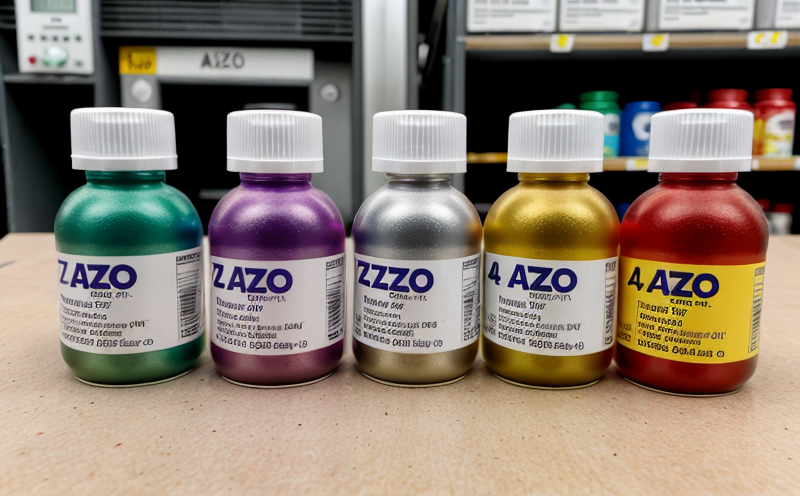UNE EN 16732 Testing for alkylphenol ethoxylates in textiles
The UNE EN 16732 standard is a crucial method used to assess the presence of alkylphenol ethoxylates (APEs) in various textile materials. APEs are surfactants that have been widely used in household products, but their use has raised environmental concerns due to their persistence and potential toxicity. This testing methodology ensures compliance with regulatory requirements aimed at protecting both human health and the environment.
The standard outlines a procedure for extracting APEs from textile samples using an appropriate solvent, followed by quantification through instrumental analysis such as gas chromatography (GC) or liquid chromatography coupled with mass spectrometry (LC-MS). The extraction process is critical to ensure that all relevant compounds are captured and accurately measured.
Compliance with UNE EN 16732 is essential for companies operating in the textile industry, especially those involved in manufacturing, supply chain management, or product development. It helps manufacturers to identify potential issues early on, ensuring that products meet safety standards before they reach market. This not only protects consumers but also enhances brand reputation and trust.
From a regulatory perspective, this test is important for ensuring that textile products do not contain harmful levels of APEs which could leach into the environment during use or disposal. Regulatory bodies around the world are increasingly adopting such standards to control the release of pollutants into water systems and soil.
The extraction process typically involves submerging fabric samples in a solvent like methanol, allowing it to penetrate and dissolve any APEs present. The solvent is then analyzed using analytical techniques capable of detecting trace amounts of these compounds. Reporting must include detailed information about the method used, sample preparation steps, detection limits, and quantification results.
The importance of this test cannot be overstated as it plays a pivotal role in maintaining sustainable practices within the textile industry. By adhering to UNE EN 16732 guidelines, businesses can demonstrate their commitment to environmental responsibility while also ensuring product safety.
- Benefits: Ensures compliance with international standards; supports sustainable production processes; enhances brand reputation through responsible sourcing practices.
- International Acceptance and Recognition: Widely recognized by global regulatory bodies; helps achieve harmonization of testing protocols across different regions.





